Polished concrete floors – experts explain what you need to know about this modern flooring type
If polished concrete floors are on your wishlist, get to know the pros and cons, options available to you and learn about their upkeep
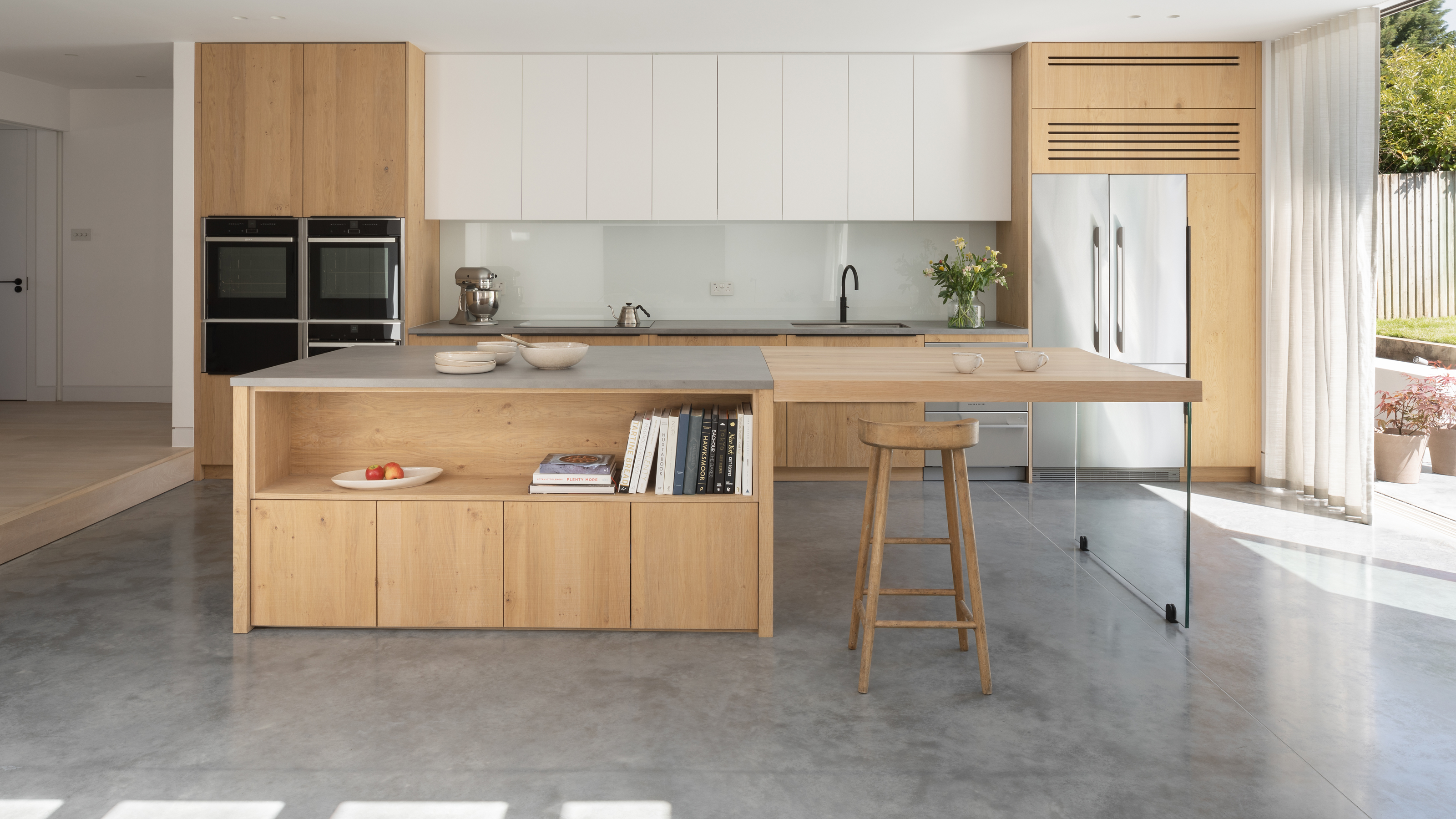

Let's start by saying that polished concrete floors aren't easy to install. They're usually included in a new build project, extension or major reno, where a new floor needs to be created anyway. In these projects, it's almost part of the process anyway, so why not consider concrete to bring some wow factor to your scheme.
There is something magical about polished concrete, after all. 'In selecting polished concrete for flooring, we're attracted to its durability, its thermal mass properties and the material character with its inherent variation of aggregate exposure,' says architect Daniel Wolkenberg of Poly Studio. It has that beautiful cloudy texture, a patina that changes as you use your home and a seamlessness that feels effortlessly luxurious, despite its industrial connotations.
However, once you've landed on this floor type for your home, there are some key things you need to know. From what your options are for color and finish, to how to look after it to keep it looking its best, we've brought in the experts to answer the most commonly asked questions about polished concrete floors.

In his time as a property journalist, Hugh has specialized in covering self builds and renovation projects, delving in depth into the processes used to construct modern homes around the world. 'Concrete is not always thought of as an eco-friendly material, but in the right application, it should definitely be considered on the balance of its benefits,' he says. Here, he spoke to architects and specialists in installing polished concrete floors to get the full picture of this material's use in modern homes.
What is a polished concrete floor?
Polished concrete flooring is created by a process of grinding concrete flooring down to a smooth finish. This is done with progressively finer abrasives, starting with a coarse, before getting the final smooth finish with an extra fine diamond.
The name might lead you to believe that a polished concrete floor is defined by its sheen and reflectivity, but a sealed concrete floor (which is created by a different method) can also have a 'polish' to it. The difference comes in how the sealant is applied. A polished concrete floor has sealant that penetrates into the floor while a sealed concrete floor has a layer that sits on top. What this translates to in practical terms is that a polished concrete floor is inherently more durable.
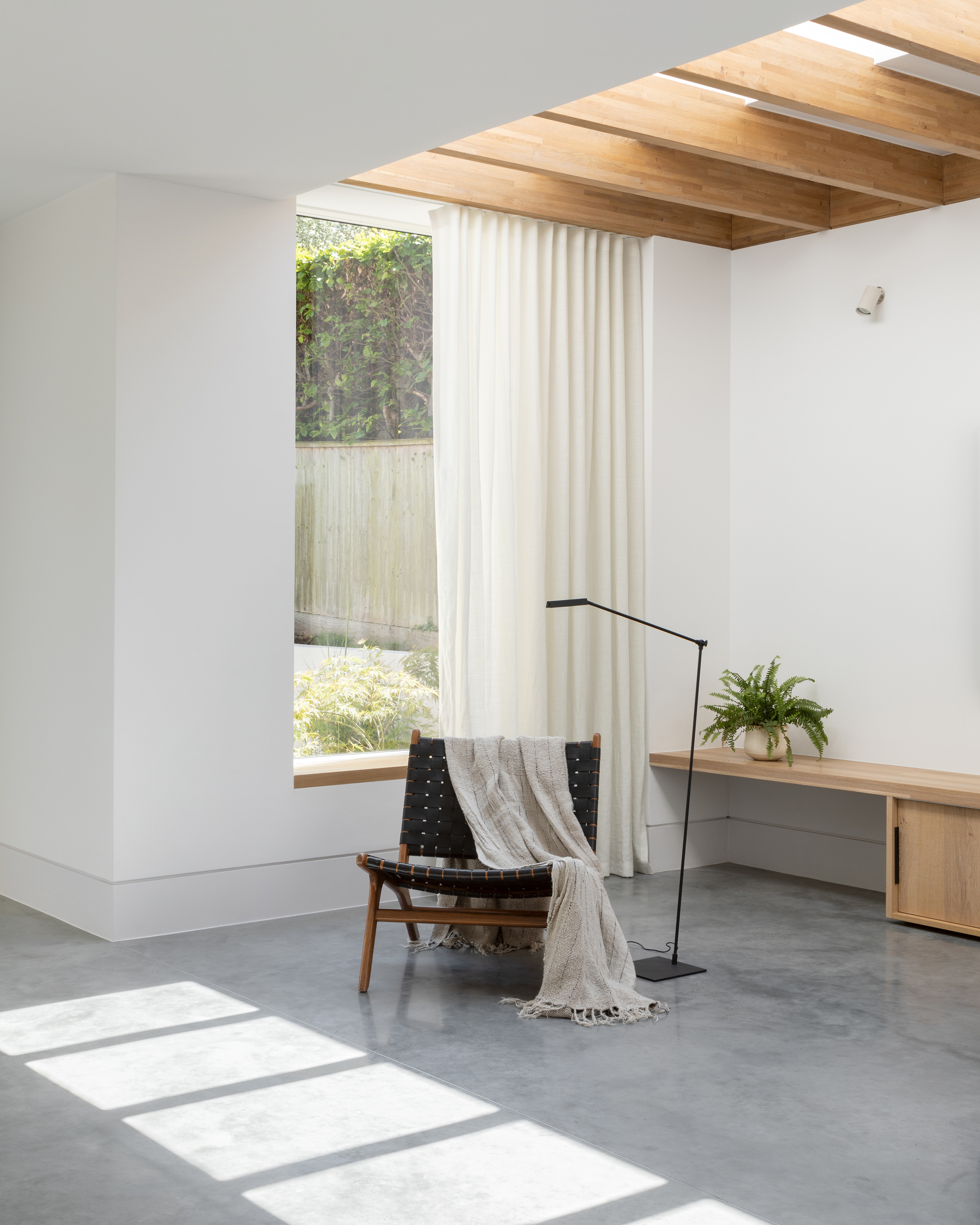
What are the benefits of a polished concrete floor?
The main reason many people choose a polished concrete floor is for its good looks. 'It has color variations, and it shows movement,' says Celine Erlam, designer at Indie & Co. It's perhaps most associated with industrial schemes, but there's a variety of colors and finishes you can choose from to make your concrete flooring ideas bring a different feel to the space. 'I like to go for a light, creamy color and stay away from greys that are industrial and cold,' says Celine.
'While many people would argue that concrete has an industrial connotation, we feel that it has many of the same warm qualities as natural stone,' says Adoracion Marco Vidal, architect at William Tozer Associates. 'It is, after all, made of sand, cement and small stones (aggregate).'
In a large, open-plan room, polished concrete works brilliantly, too. 'As a continuous rather than modular material, polished concrete is an excellent solution when creating an open plan design, drawing the eye seamlessly from one zone to another,' says Adoracion. 'You can install large surfaces without joint lines, which makes it more appealing to the view but also easier to clean,' she adds.
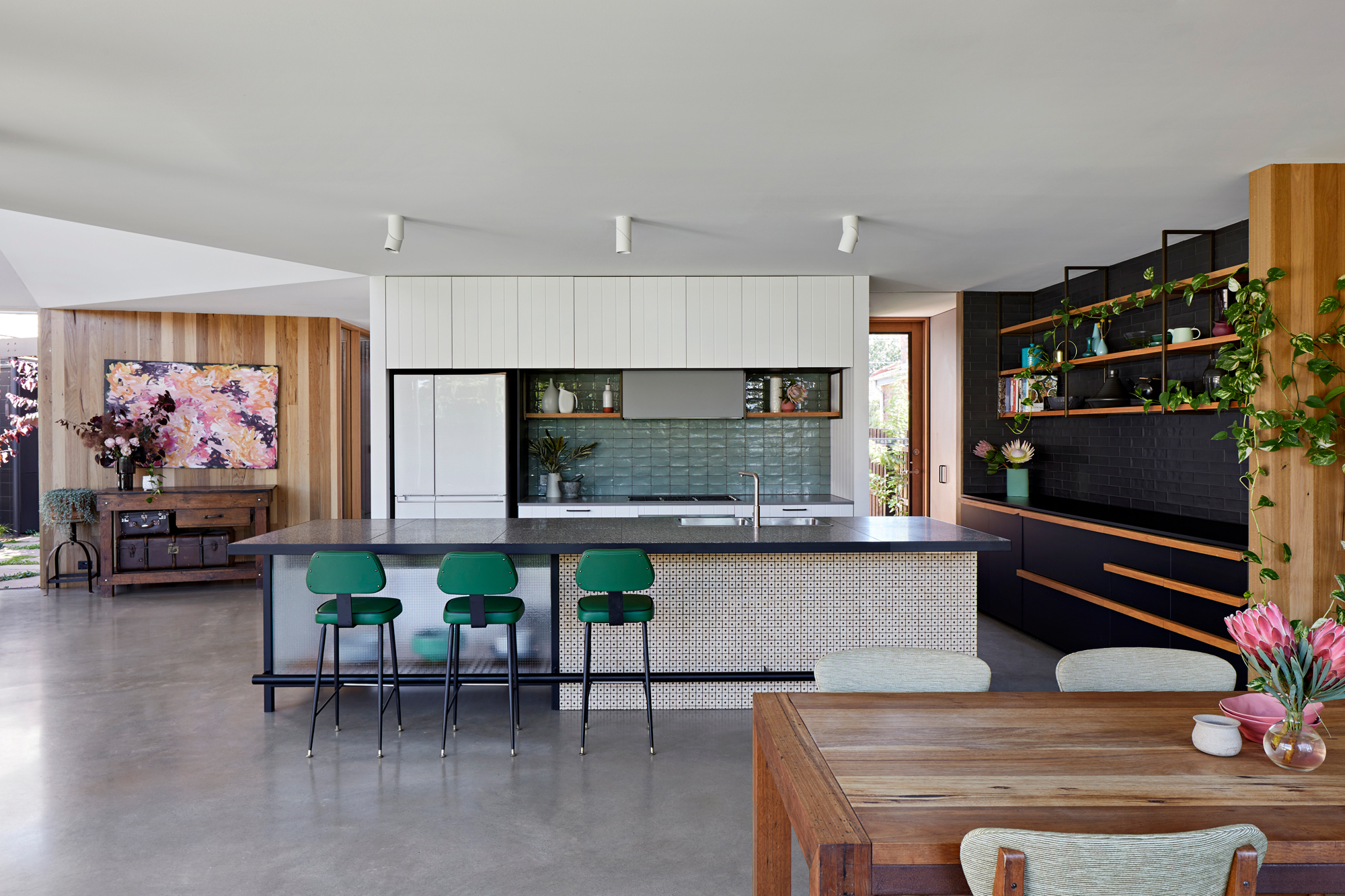
Concrete is durable, though requires a slightly different approach to living with imperfections, and it also has useful thermal properties which means it can help your home heat itself more efficiently (more on that later).
The floors, although are low maintenance will still require some maintenance. 'It's important to use a compatible cleaning fluid with a similar PH level to the floor,' Martin Clark, managing director of Concretepolishing.co.uk, tells us. 'Most of the dedicated polished concrete floor cleaners also have trace particles of a concrete sealer integrated so when you are cleaning the floor, you are helping to maintain the protection.'
Are there any disadvantages?
'I think it’s important to set the clients expectations that the floor will have many imperfections and will not be perfectly uniformed,' explains Martin Clark. ' A concrete floor is not supposed to be perfect and it is an industrial type of floor but some clients who have not researched or viewed one can be dissatisfied by imperfections within the surface.'
In our view, this should sit in the advantages section, as choosing a concrete floor should hinge on embracing this wabi-sabi principle of beauty in the imperfection. 'It does develop a patina over time, which is a nice way of registering the use of the building in the architecture over time,' suggests Adoracion. 'In general, we like to use materials that wear in, rather than wear out, and so concrete is one that we use frequently.'
This patina might be caused by scratches, but also stains. 'It's a porous surface so it can be susceptible to stains if spills are not cleaned up immediately,' Martin warns. 'There are also fluids that are acidic such as vinegar which will corrode the surface and would need to be professionally repaired if it etched the surface.'
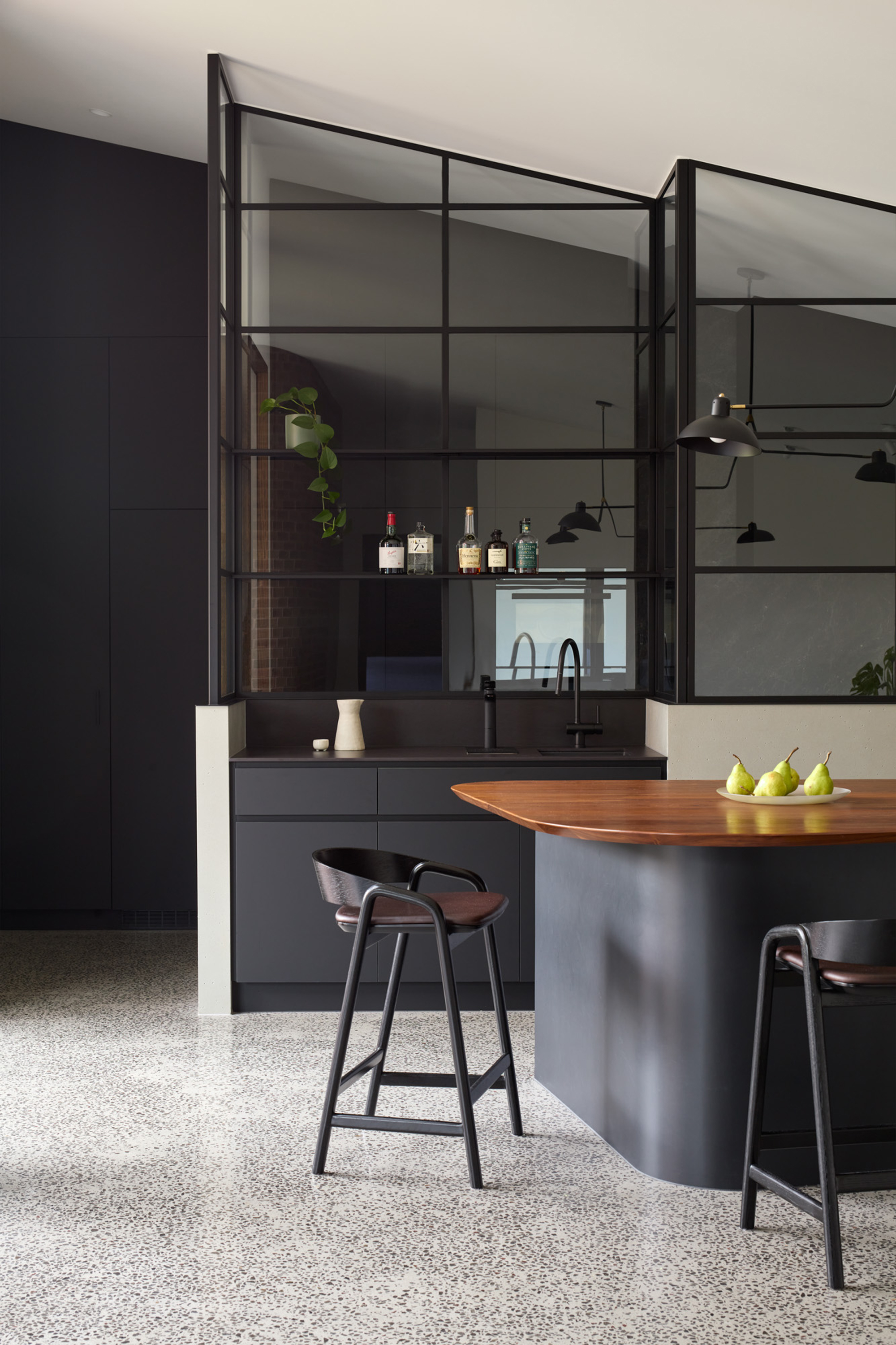
What types of polished concrete floors are there?
When you're installing a new polished concrete floor from scratch, rather than polishing an existing one, the varieties are almost endless. '80% of this is purely for aesthetics with regards to color and visible aggregates,' explains Martin Clark.
Concrete floors can range from having very little visible aggregate, which creates your standard concrete effect with just small glimpses that create texture and movement, to a lot. The latter creates a look that's comparable to a traditional terrazzo flooring.
The polish of a floor can be anything from matte to a near-mirror level of gloss. The amount of polishing stages will have an impact on the functionality as well as the look. 'A highly polished floor will have more surface refinement making it a harder-wearing and less-abrasive floor, which would be more robust in a commercial environment,' Martin explains. 'In a residential environment this is less important as the entry level of polishing would be still very hardwearing compared to the alternatives, and would cope with a high foot traffic environment with ease.'
Concrete can be produced in a range of floor colors, either introduced into the concrete mix before pouring, or with a stain on an existing concrete floor.
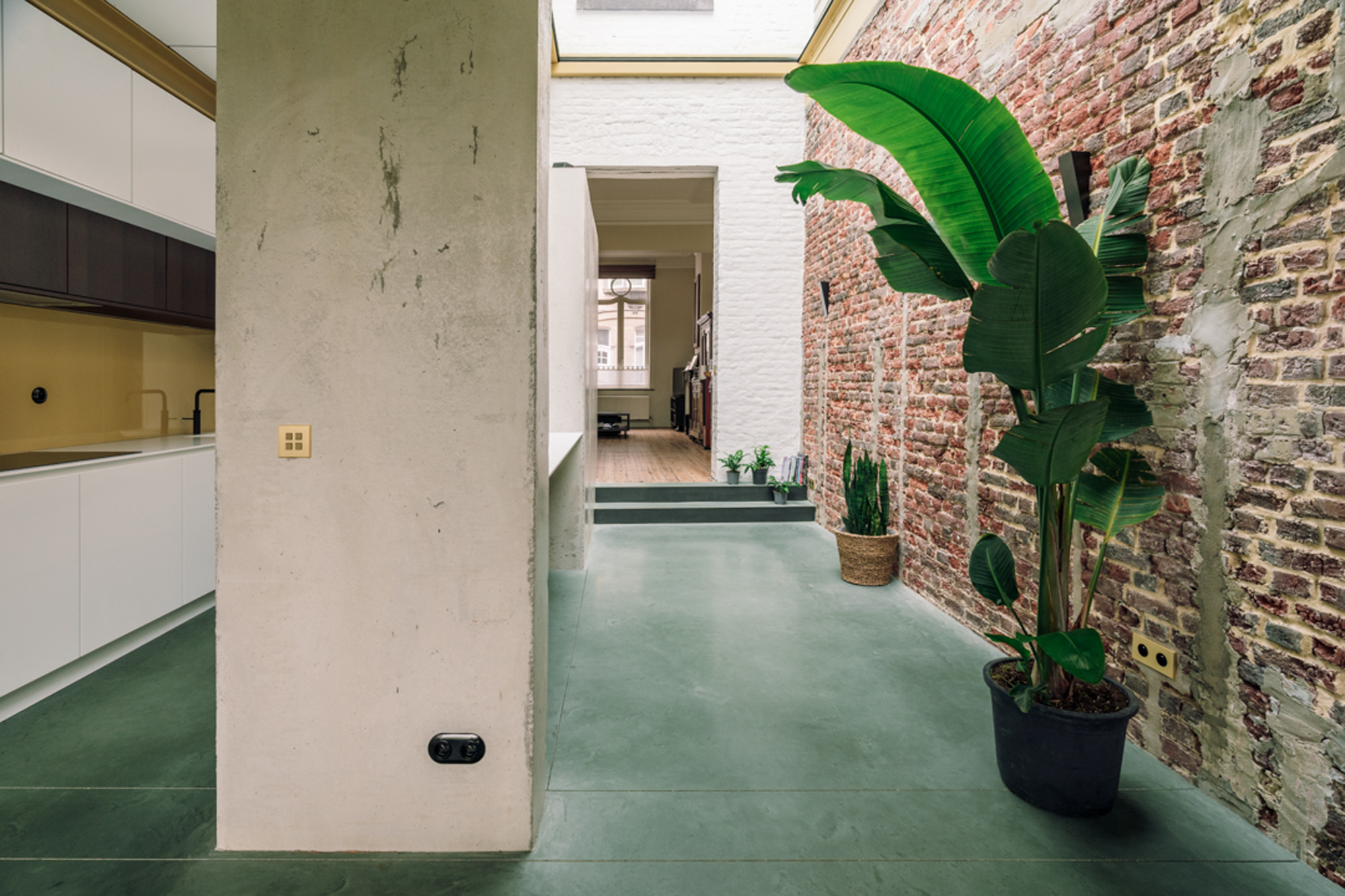
Can you use underfloor heating with polished concrete?
Yes, you can, but you do need to keep certain things in mind when specifying a system.
Concrete is an efficient material to combine with underfloor heating. 'Due to its mass, concrete works very well when combined with underfloor heating, retaining and reradiating heat for a very long time,' explains architect Adoracion Marco Vidal. This quality also makes it work as a way to introduce passive solar gains into your home - in laymen's terms, it can be placed to absorb the heat from the sun entering through glazing and disperse it through your home.
The nature of how polished concrete floors are designed also helps more heat reach your home. 'As the concrete is poured directly over the underfloor heating pipes, the heating is integrated with the concrete floor,' Concretepolishing.co.uk's Martin Clark tells us. 'And as there's no floor covering on top of the concrete such as tiles or wood flooring, there is no thermal bridging which would normally make the underfloor heating less efficient.'
The main concern you have when using underfloor heating with a polished concrete floor is heating or cooling the floor too quickly. 'You do have to be careful with underfloor heating as concrete doesn't like a sudden temperature change,' says designer Celine Erlam. 'You're better turning the heating on and off slowly to avoid cracks.'
However, it's something that any good underfloor heating or polished concrete installer would tell you from the get-go. 'As contractors we would advise a procedure to minimize the chance of this happening when commissioning a system,' says Martin.
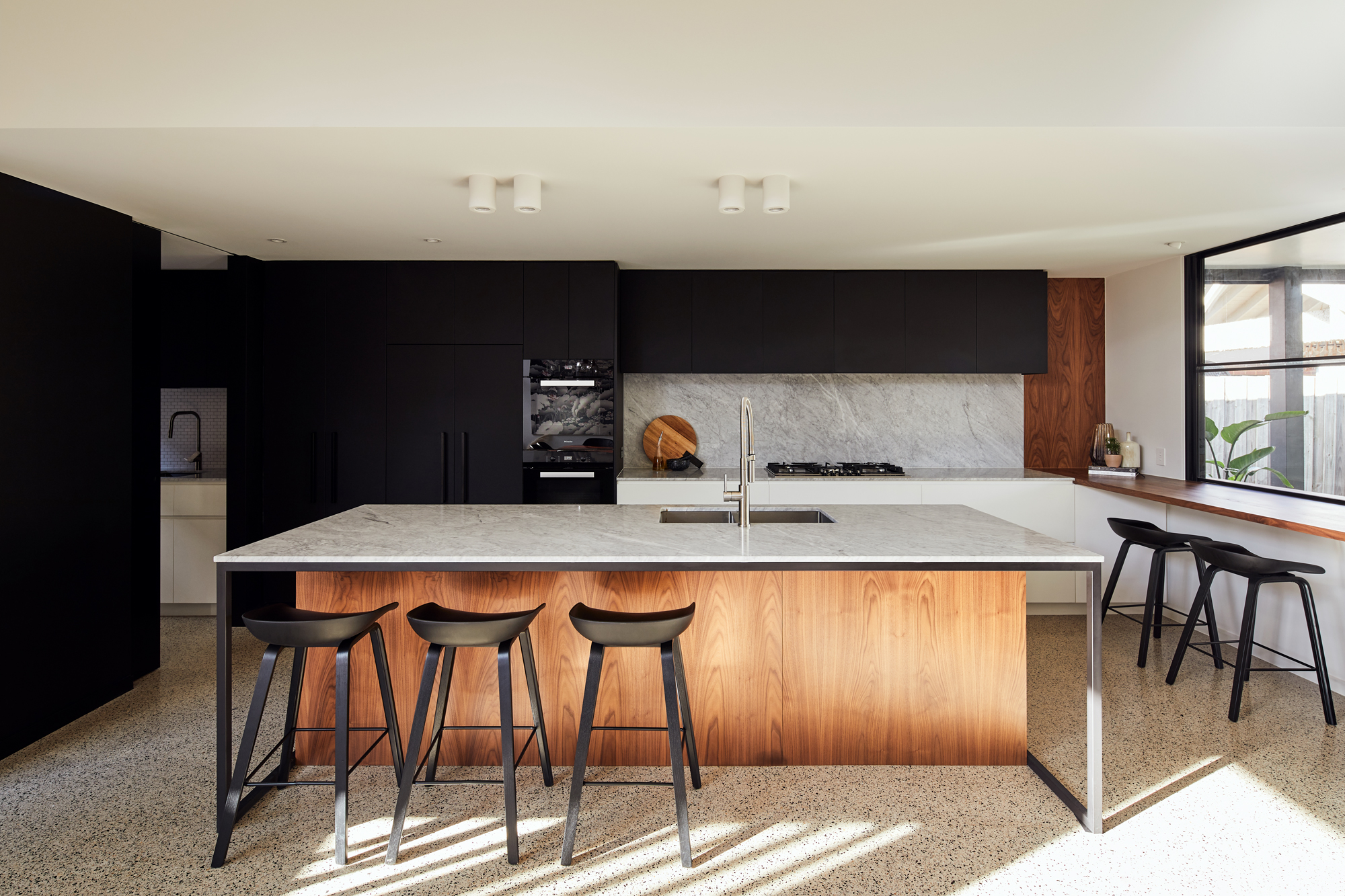
Are polished concrete floors eco-friendly?
Concrete can be a complicated topic when it comes to those looking for their home to reflect their sustainable living values. This is largely because cement is a component of this material, and one that's notorious for producing high CO2 levels. However, only 10-15% of concrete is cement, and in the right application, you may also be making a more eco-conscious choice in the longrun.
'It’s predominantly natural materials and you are also combining the sub-base as a floor finish without the need to bring in additional materials such as tiles, wood, and adhesives,' Martin Clark tells us. 'The cement is probably the least sustainable aspect but the majority of readymix companies are now supplying a blended (economic) option to make it much more efficient as a product. Overall this is a huge selling point for polished concrete.'
What alternatives to polished concrete floors are there?
For those looking to recreate the look of polished concrete, modern poured resin floors, sometimes called epoxy floors, are an option. In many ways they outclass polished concrete - they're more versatile, durable and need virtually no maintenance, while polished concrete will need to be re-sealed every two to five years. However, some people just simple prefer the real deal, and if you're looking to embrace that lived-in patina of the modern rustic look, concrete still wins out.
Microcement is another good option, applied in thin layers in a very different way, but offering up a similar look and characteristics. In general, polished concrete is a better choice for a larger space, while microcement is great for small spaces, and upstairs bathrooms.
Be The First To Know
The Livingetc newsletters are your inside source for what’s shaping interiors now - and what’s next. Discover trend forecasts, smart style ideas, and curated shopping inspiration that brings design to life. Subscribe today and stay ahead of the curve.

Hugh is Livingetc.com’s editor. With 8 years in the interiors industry under his belt, he has the nose for what people want to know about re-decorating their homes. He prides himself as an expert trend forecaster, visiting design fairs, showrooms and keeping an eye out for emerging designers to hone his eye. He joined Livingetc back in 2022 as a content editor, as a long-time reader of the print magazine, before becoming its online editor. Hugh has previously spent time as an editor for a kitchen and bathroom magazine, and has written for “hands-on” home brands such as Homebuilding & Renovating and Grand Designs magazine, so his knowledge of what it takes to create a home goes beyond the surface, too. Though not a trained interior designer, Hugh has cut his design teeth by managing several major interior design projects to date, each for private clients. He's also a keen DIYer — he's done everything from laying his own patio and building an integrated cooker hood from scratch, to undertaking plenty of creative IKEA hacks to help achieve the luxurious look he loves in design, when his budget doesn't always stretch that far.
-
 The 'New British' Style? This Victorian London Home Embraces Its Owners' Global Background
The 'New British' Style? This Victorian London Home Embraces Its Owners' Global BackgroundWarm timber details, confident color pops, and an uninterrupted connection to the garden are the hallmarks of this relaxed yet design-forward family home
By Emma J Page
-
 Muji Living Room Ideas — 5 Ways to Harness The Calming Qualities of This Japanese Design Style
Muji Living Room Ideas — 5 Ways to Harness The Calming Qualities of This Japanese Design StyleInspired by Japanese "zen" principles, Muji living rooms are all about cultivating a calming, tranquil space that nourishes the soul
By Lilith Hudson